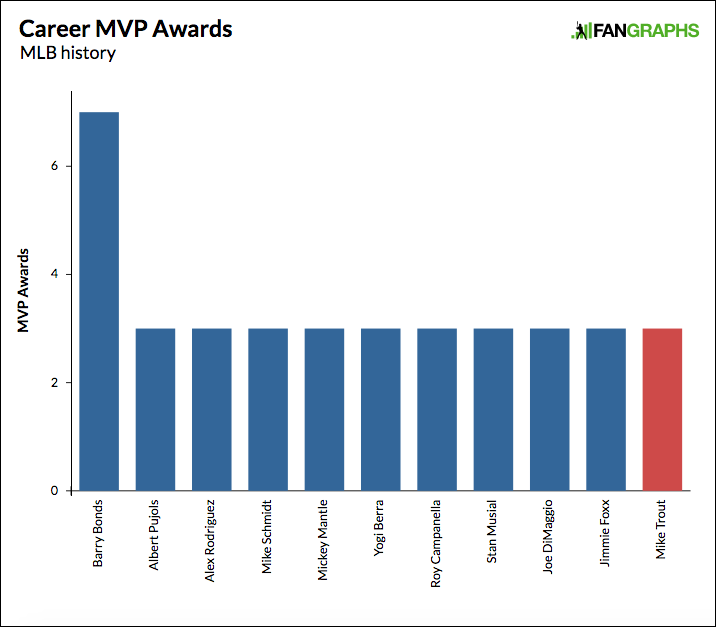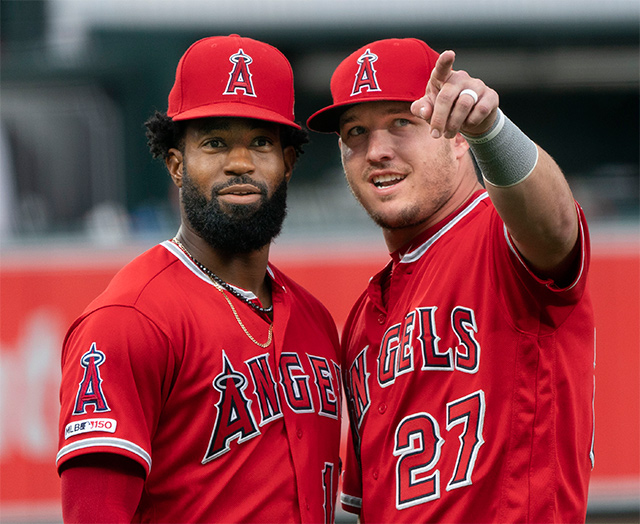Please note, this posting contains multiple positions. All positions are paid.
Position: Baseball Operations Internship
Description:
The Los Angeles Angels Baseball Operations department is seeking passionate individuals to join their team for the 2020 season. Applicants can come from any discipline or background, as long as you have the curiosity, open-mindedness, and perseverance to take on difficult problems.
As a Baseball Operations Intern, you will be fully immersed in their department, and given the resources to learn, grow, and develop over the course of the season. The Angels’ goal is to find people with the necessary skills and traits to become long-term members of the department.
Examples of things you will do during the internship:
- Contribute to the ML advance scouting process
- Assist with preparation for the 2020 MLB Draft
- Develop visualizations and other mechanisms for communicating information to Baseball Operations personnel
- Perform player evaluations, combining statistics, video, and other data sources
- Assist with special projects as assigned
You should have:
- Creativity, strong attention to detail, and a growth mindset
- Excellent interpersonal and communication skills
- Ability to work as part of a team on complex projects
- Willingness to both teach others and learn new techniques
- A flexible schedule with availability to work nights, weekends, and holidays
Physical Demands:
- Ability to sit for extended periods of time
- Ability to traverse office and stadium frequently
- Ability to work in inclement weather (when in stadium)
In addition to handling the essential functions of the Angels’ internship, the team desires counter-intuitive thinkers who will take initiative and explore new research opportunities. Previous interns have developed ideas that have changed the way the organization approaches important challenges and they hope you will bring the same mindset with you.
The Angels believe that diversity contributes to a more enriched collective perspective and a better decision-making process. All qualified applicants will receive consideration for employment without regard to race, color, religion, gender, gender identity or expression, sexual orientation, national origin, genetics, disability, age, or veteran status, or any other characteristic protected by law.
To Apply:
Please provide (1) a current resume and (2) answer the following two questions in no more than 250 words each. These requirements are an integral part of your application. Incomplete applications may not be considered. Application deadline is 8:59 pm PST on Tuesday, November 5, 2019.
1. Detail a project or experience that you have worked on that you are proud of. Do you have any takeaways from this experience that have helped prepare you for this role? The project or experience does not need to be baseball-related.
2. What is the area in which you feel you need the most improvement? What are some steps you could take to improve upon this weakness?
Applications should be completed through this link.
Position: Player Development Internship
The Los Angeles Angels Player Development department is seeking passionate individuals to join their team for the 2020 season. Applicants can come from any discipline or background as long as you have the curiosity, open-mindedness, and perseverance to take on difficult problems.
As a Player Development Intern, you will be fully immersed in their department, and given the resources to learn, grow, and develop over the course of the season. Our goal is to find people with the necessary skills and traits to become long-term members of the department. The internship is based out of the Angels Minor League Complex in Tempe, Arizona and begins in early January.
Examples of things you will do during the internship:
- Collaborate with Player Development personnel to create, organize, and develop tools to support processes and players throughout the year
- Develop visualizations and other mechanisms for communicating information to Player Development personnel and minor league players
- Perform player evaluations combining statistics, video, and other data sources
- Assist with special projects as assigned across Player Development and other areas of Baseball Operations (i.e. Amateur Draft, Trade Deadline)
- Contribute to day-to-day operations of the Player Development department
You should have:
- Interest in the latest trends and research in Player Development
- Creativity, strong attention to detail, and a growth mindset
- Excellent interpersonal and communication skills
- Ability to work as part of a team on complex projects
- Strong willingness to work with individuals from a variety of linguistic, cultural, and socioeconomic backgrounds
- Enthusiasm to both teach others and learn new techniques
- A flexible schedule with availability to work nights, weekends, and holidays
Physical Demands:
- Ability to sit for extended periods of time
- Ability to traverse office and stadium frequently
- Ability to work in inclement weather (when in stadium)
In addition to handling the essential functions of their internship, the Angels desire counter-intuitive thinkers who will take initiative and explore new research opportunities. Previous interns have developed ideas that have changed the way the organization approaches important challenges and they hope you will bring the same mindset with you.
The Angels believe that diversity contributes to a more enriched collective perspective and a better decision-making process. All qualified applicants will receive consideration for employment without regard to race, color, religion, gender, gender identity or expression, sexual orientation, national origin, genetics, disability, age, or veteran status, or any other characteristic protected by law.
To Apply:
Please provide (1) a current resume and (2) answer the following two questions in no more than 250 words each. These requirements are an integral part of your application. Incomplete applications may not be considered. Application deadline is 8:59 pm PST on Tuesday, November 5, 2019.
1. Detail a project or experience that you have worked on that you are proud of. Do you have any takeaways from this experience that have helped prepare you for this role? The project or experience does not need to be baseball-related.
2. What is the area in which you feel you need the most improvement? What are some steps you could take to improve upon this weakness?
3. What is your level of fluency in English and Spanish?
Applications should be completed through this link.
The content in this posting was created and provided solely by the Los Angeles Angels.


